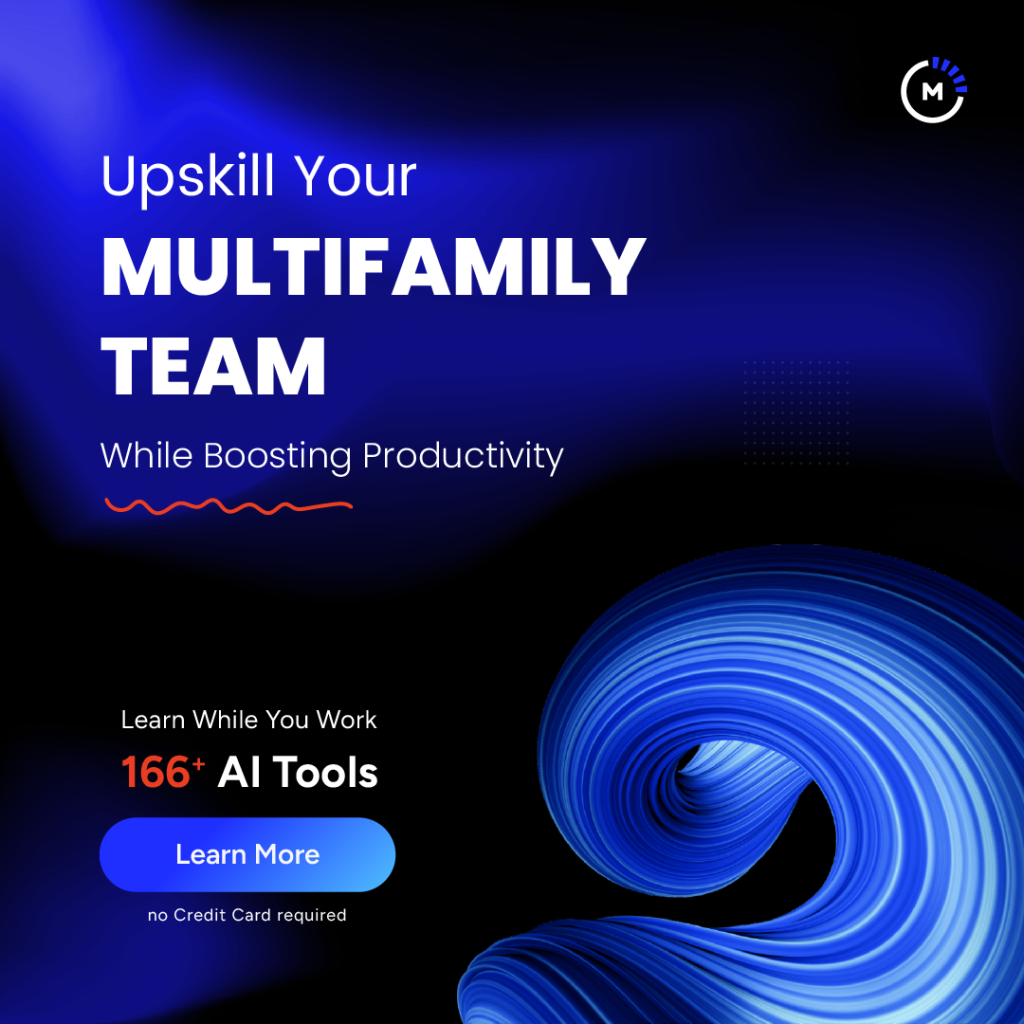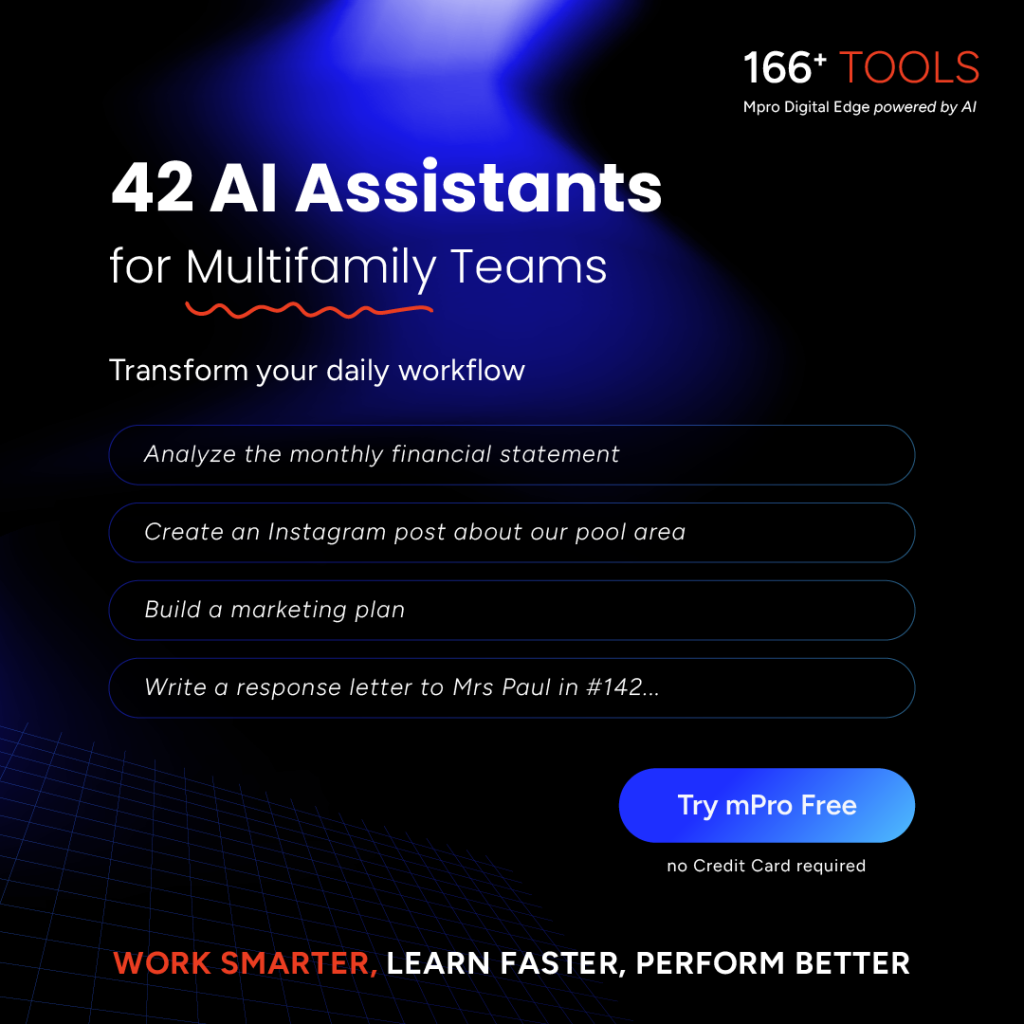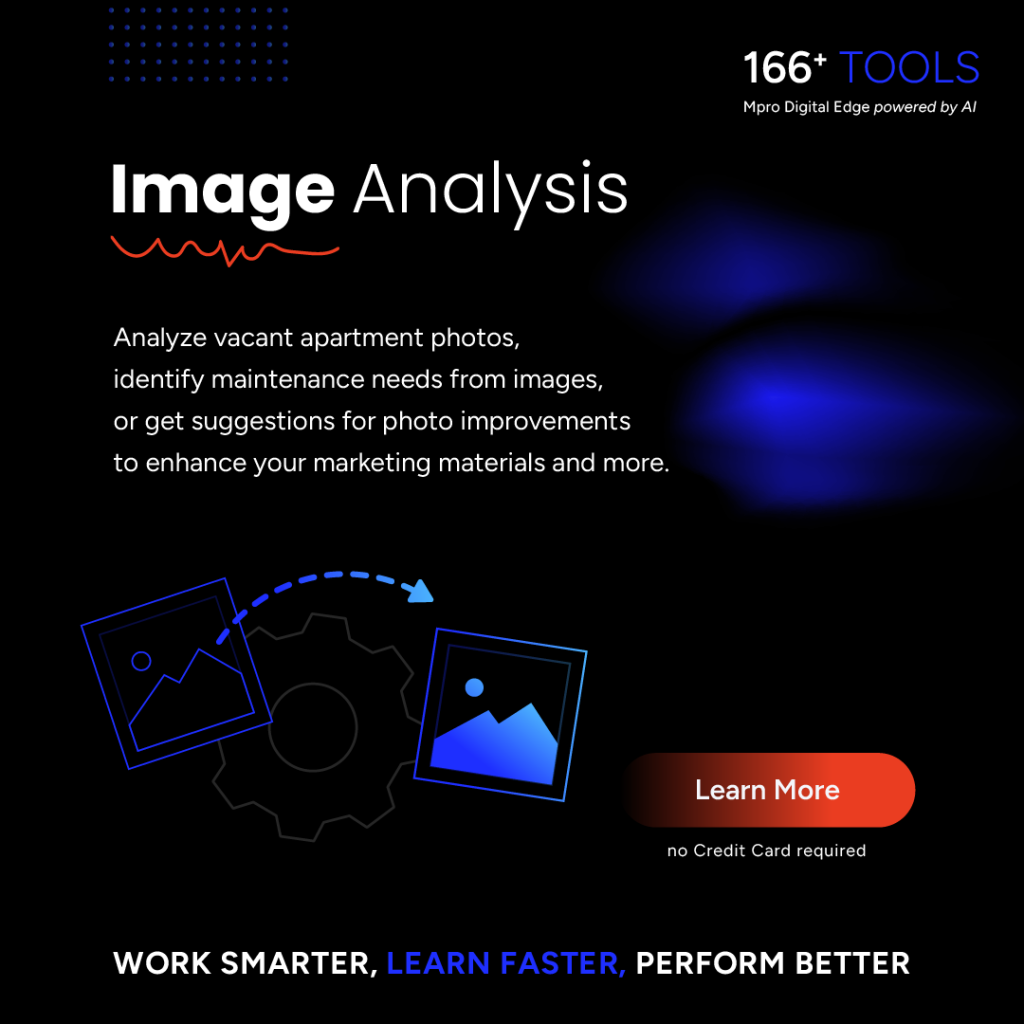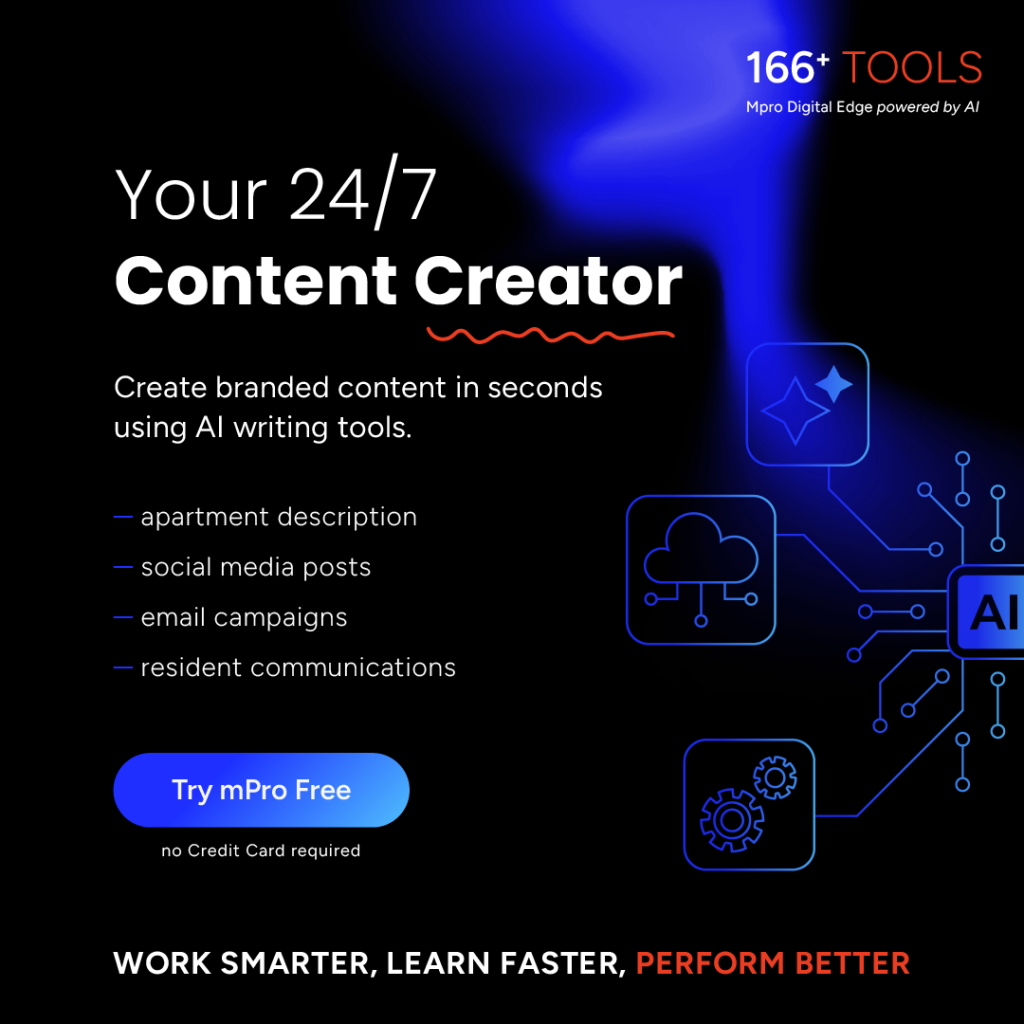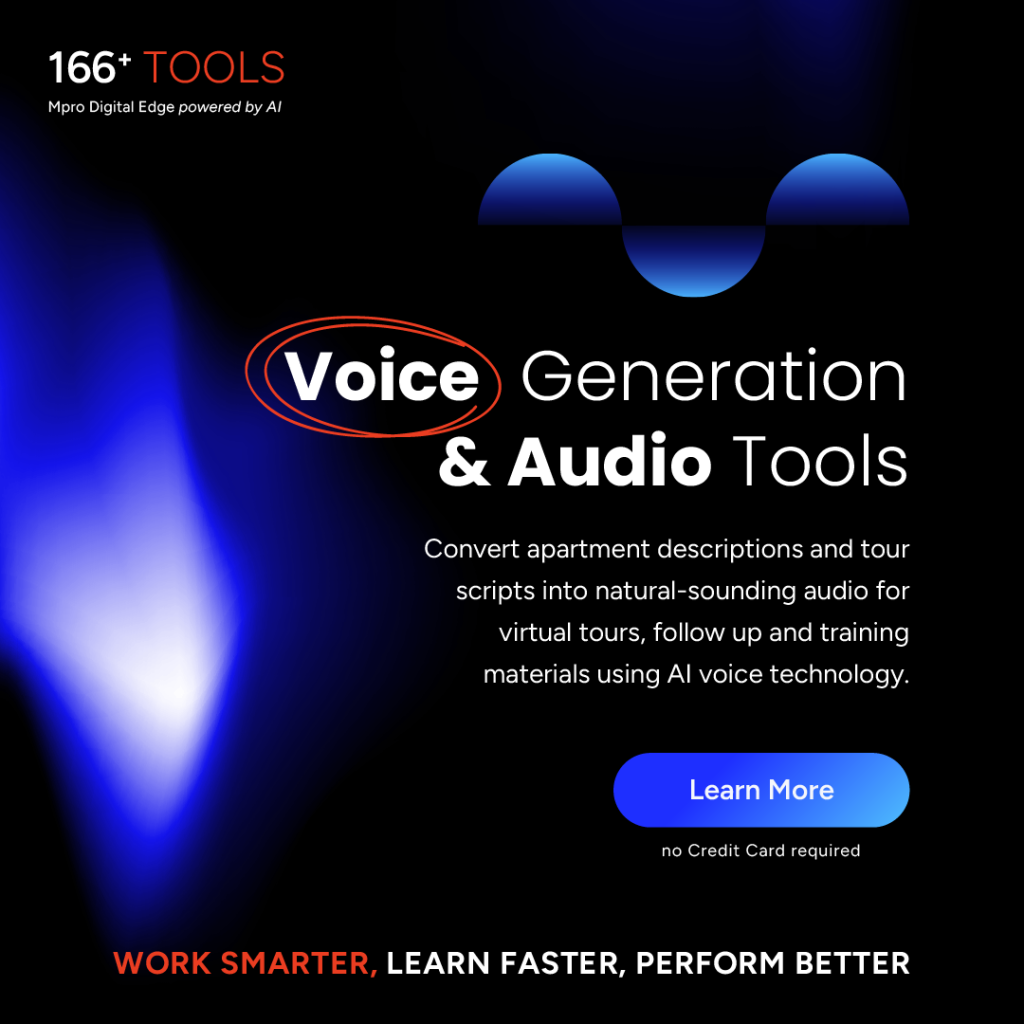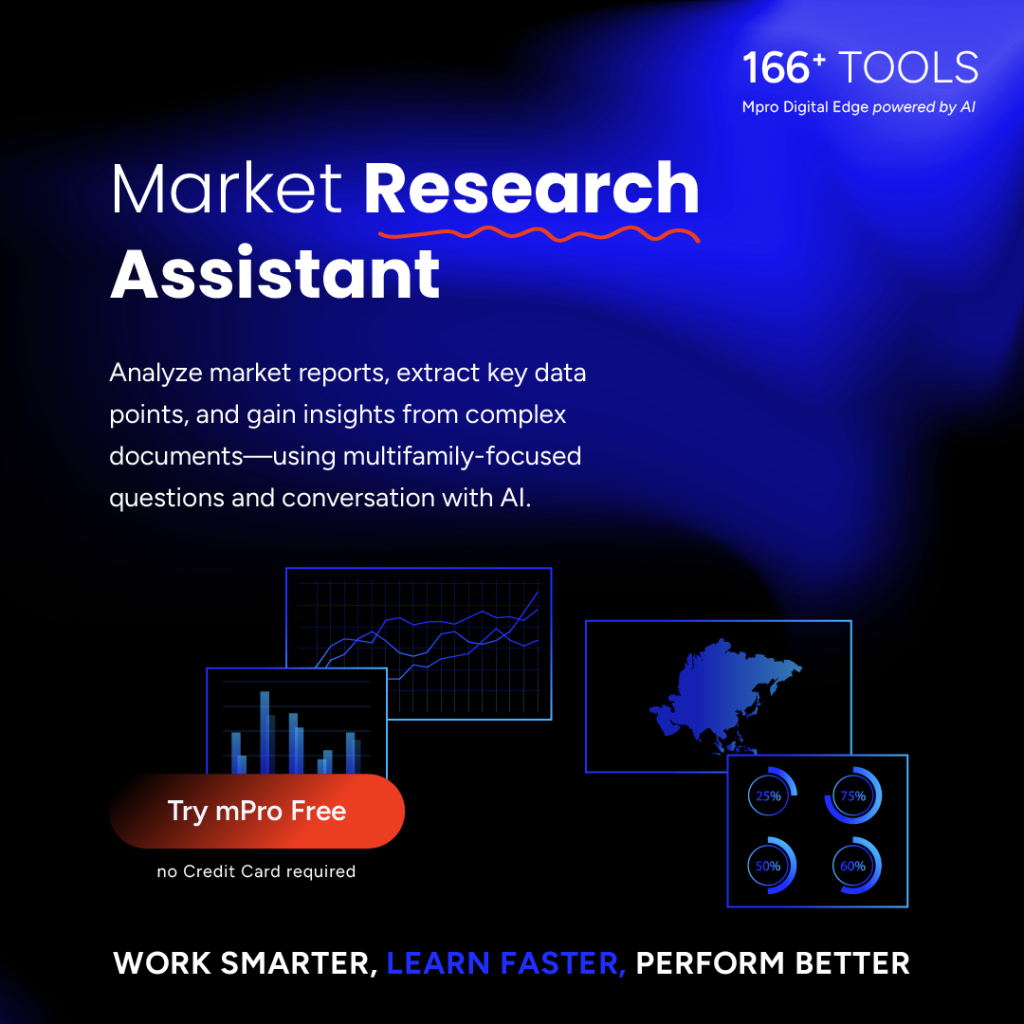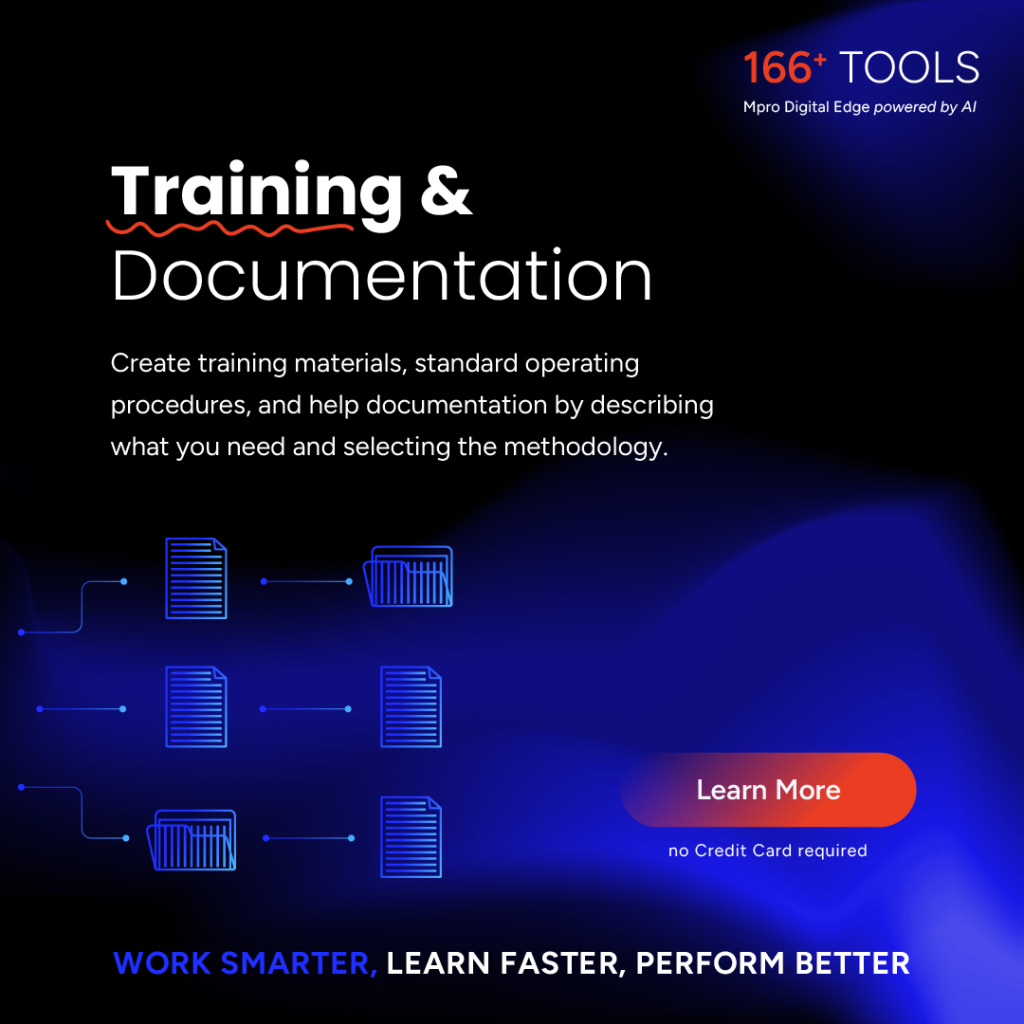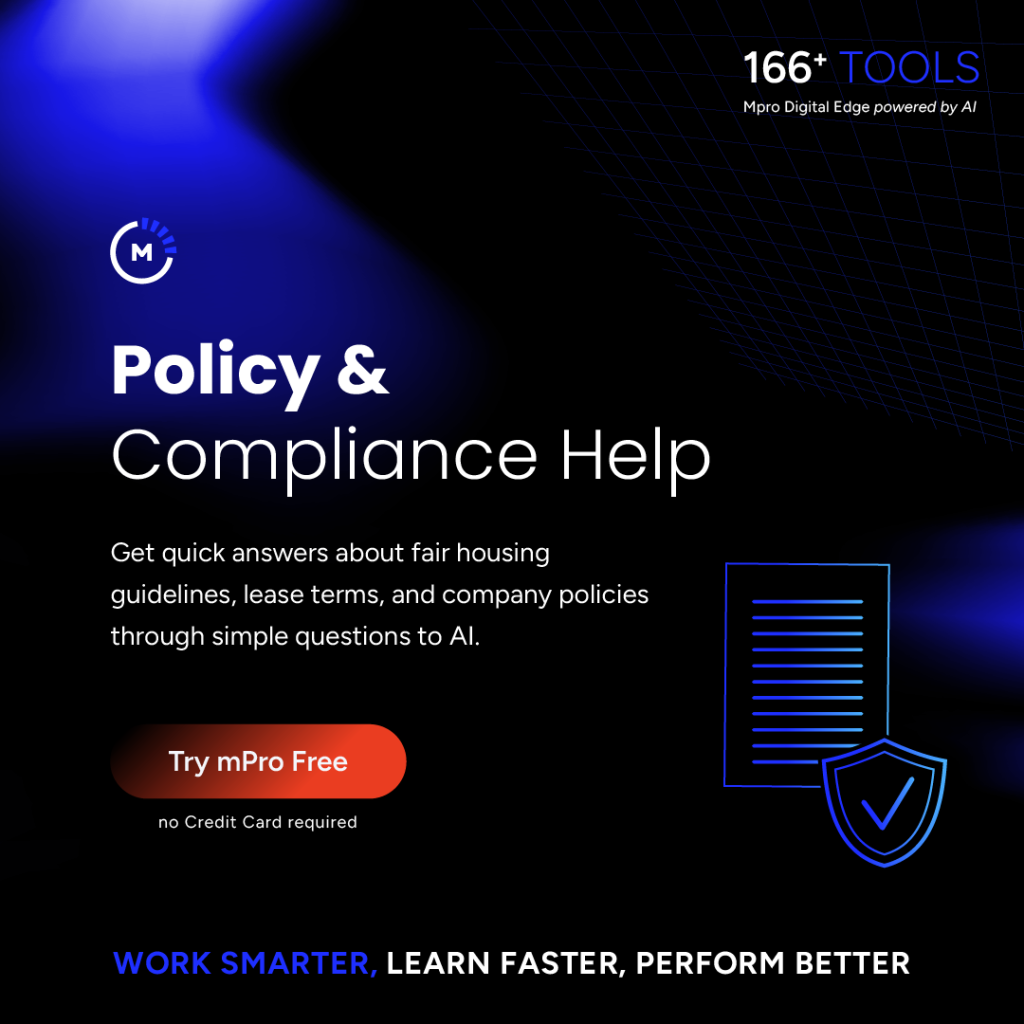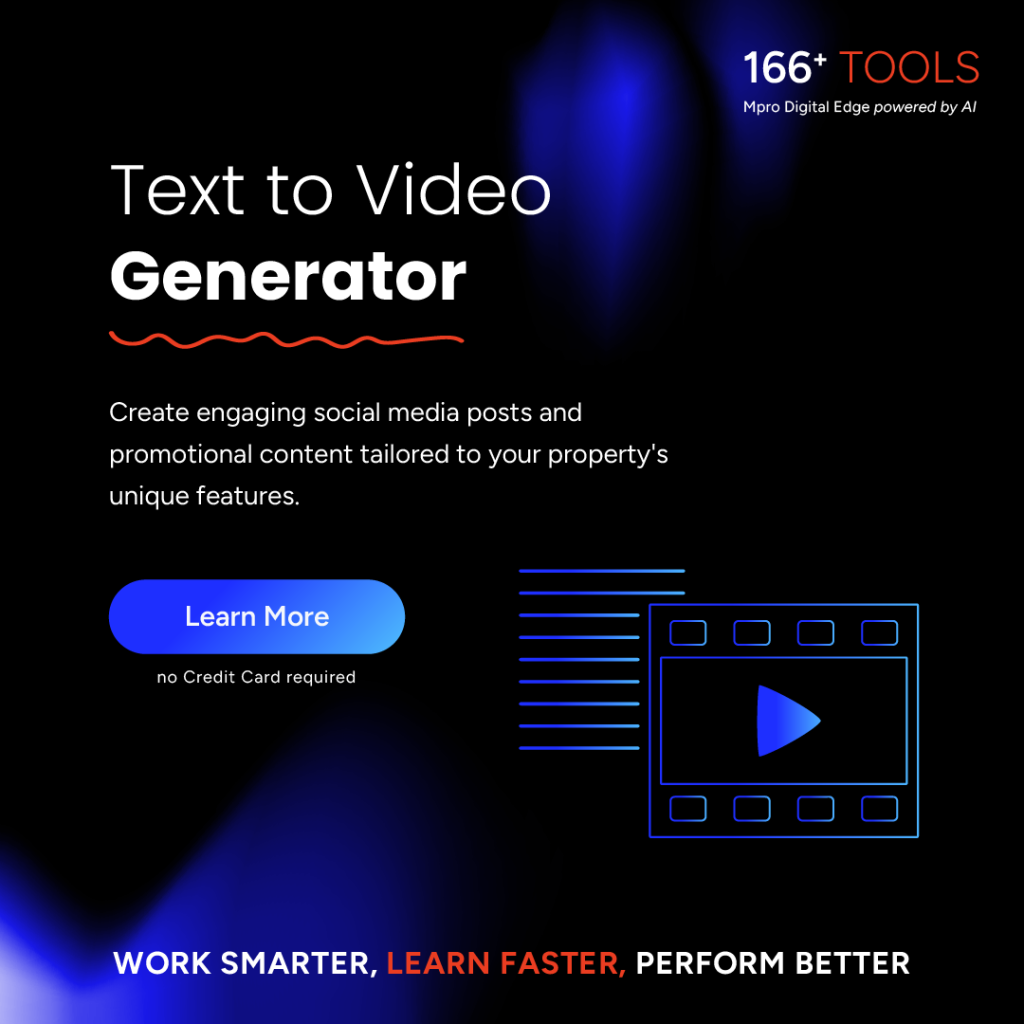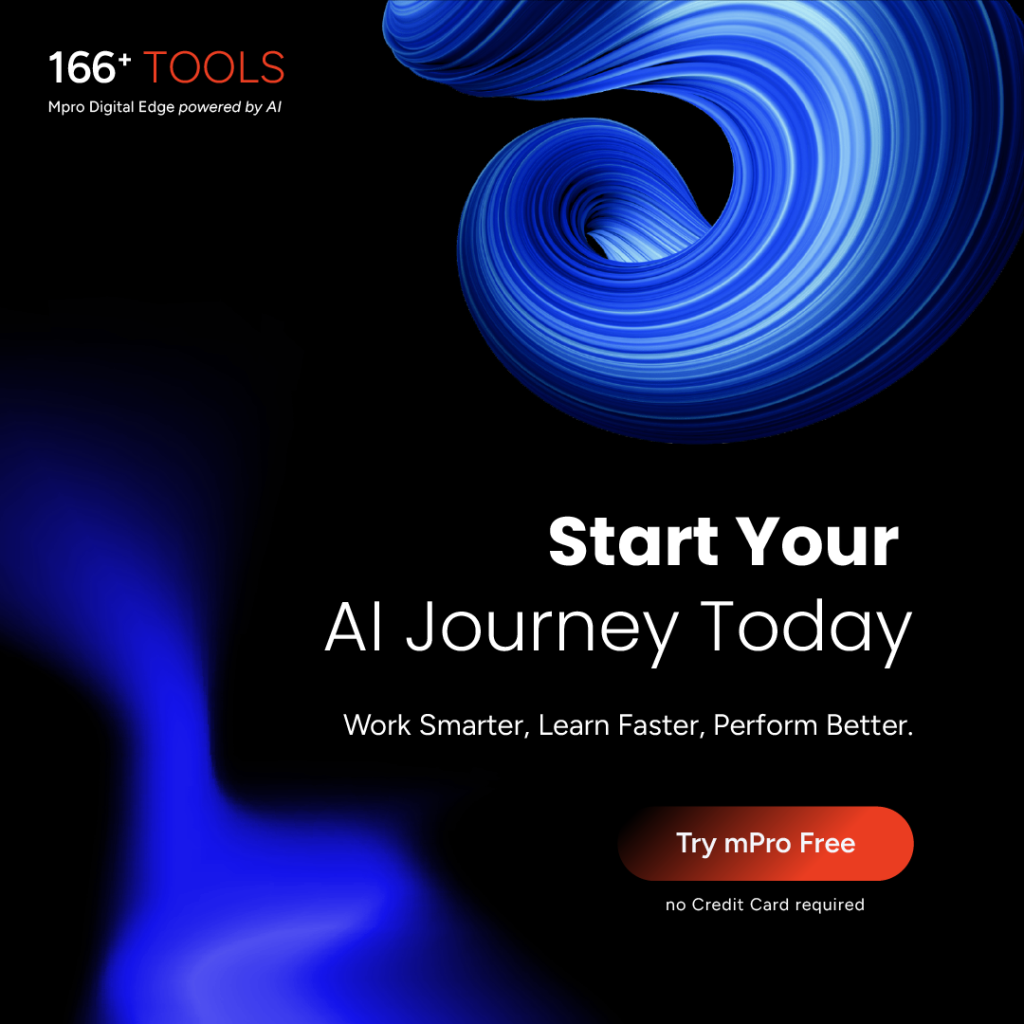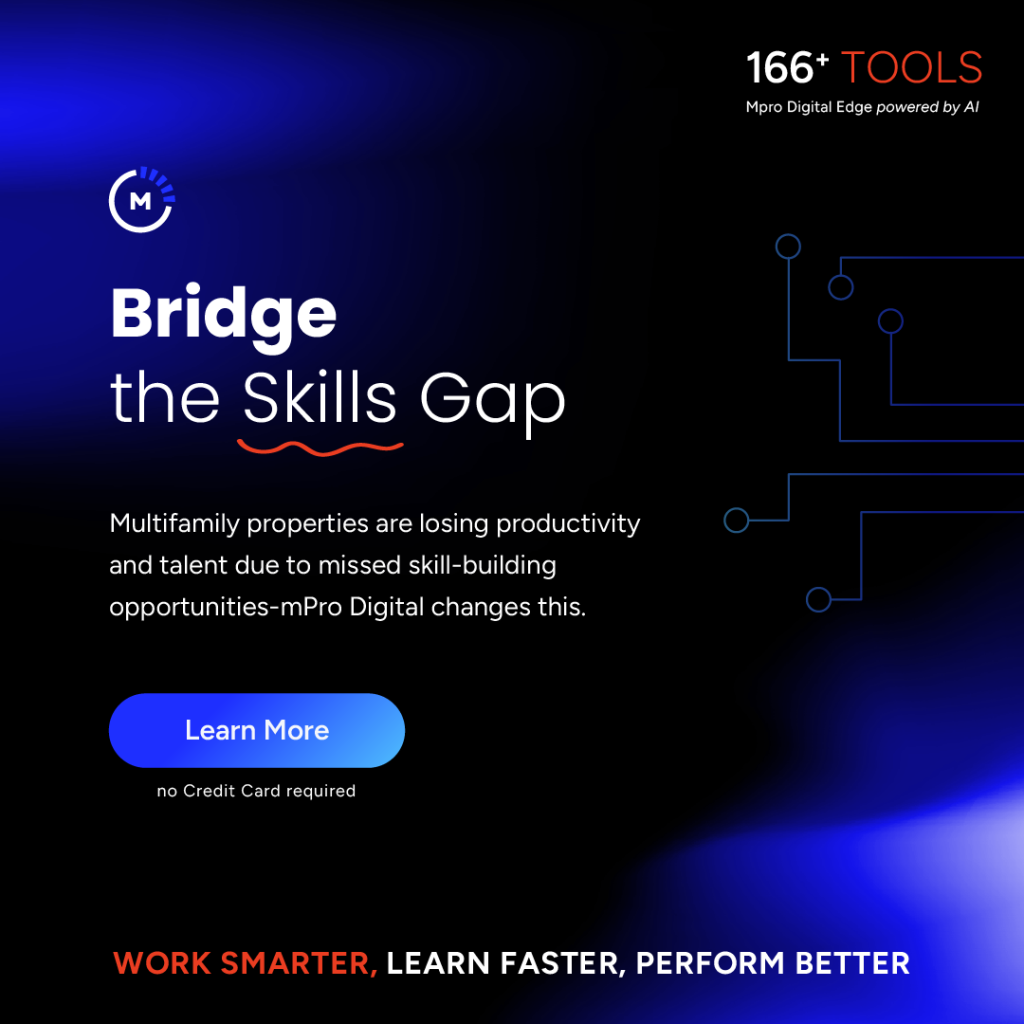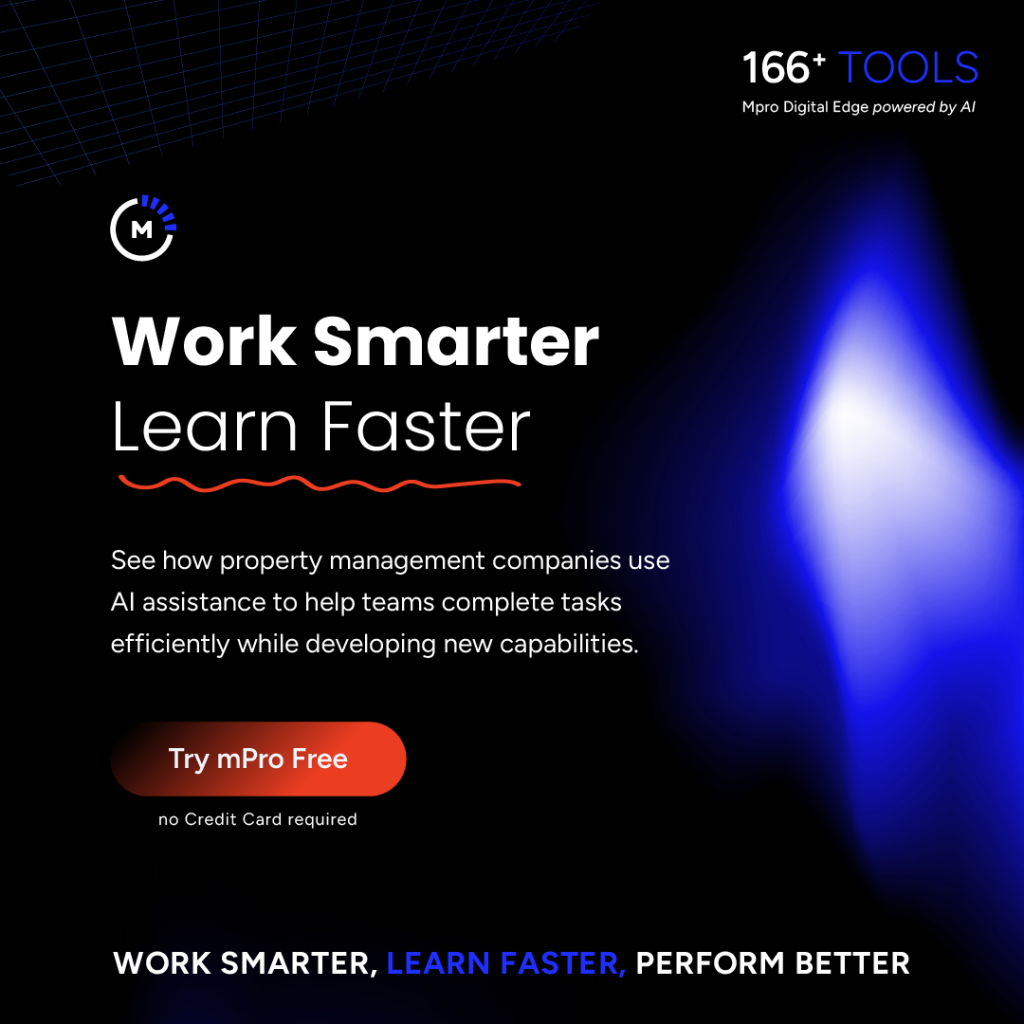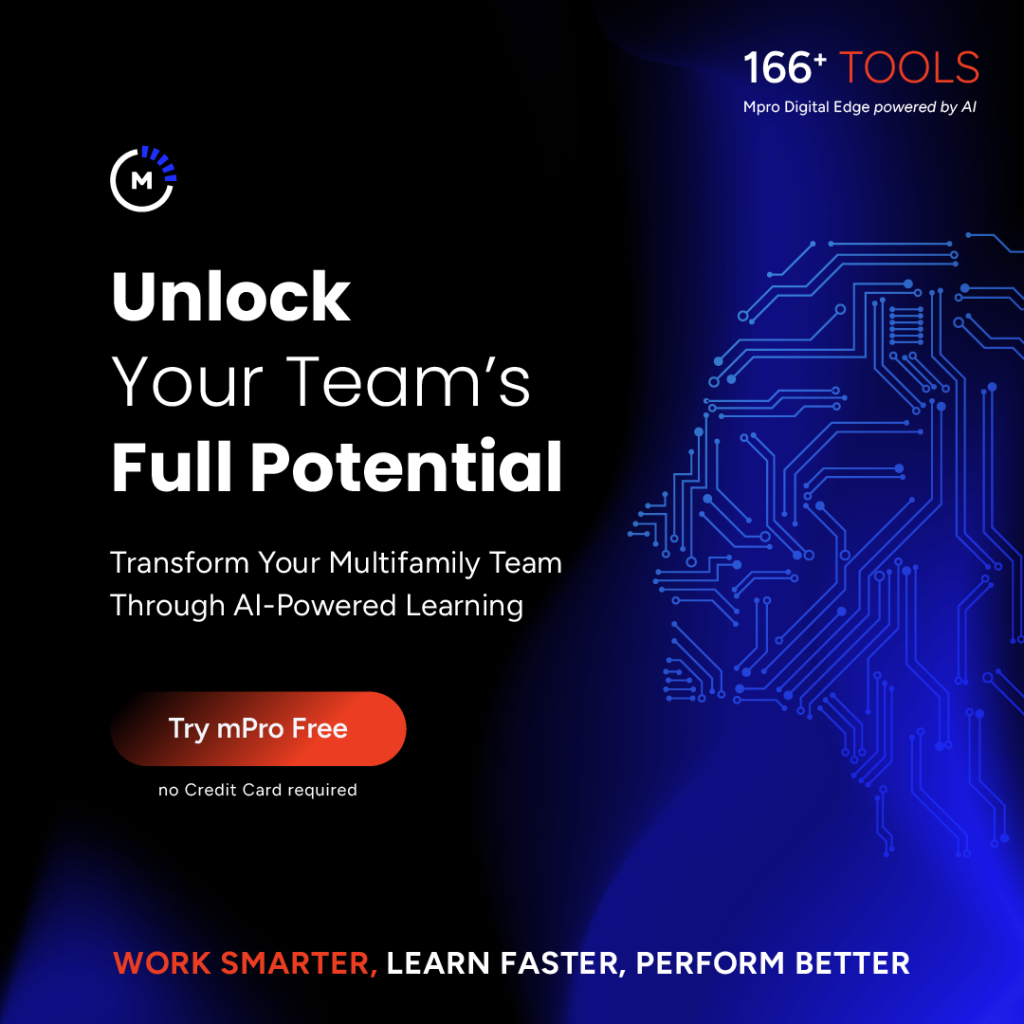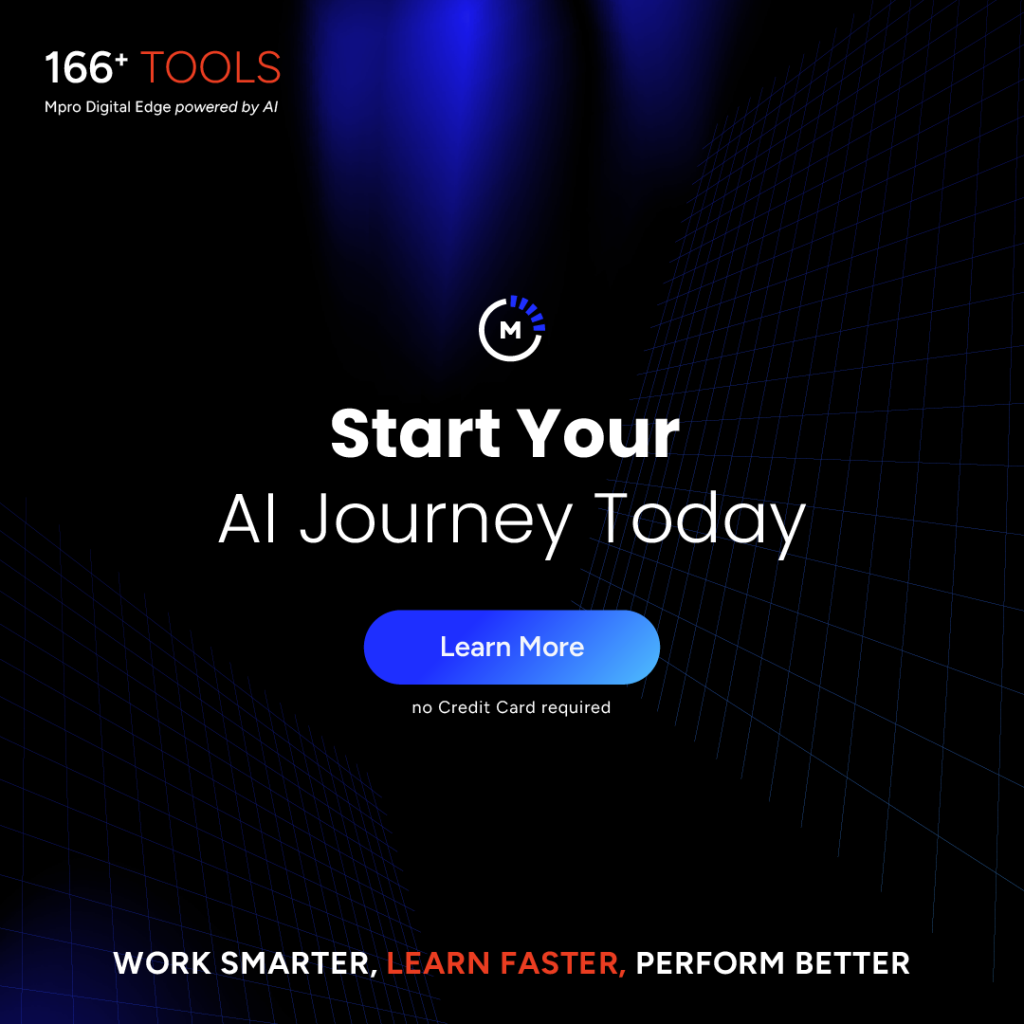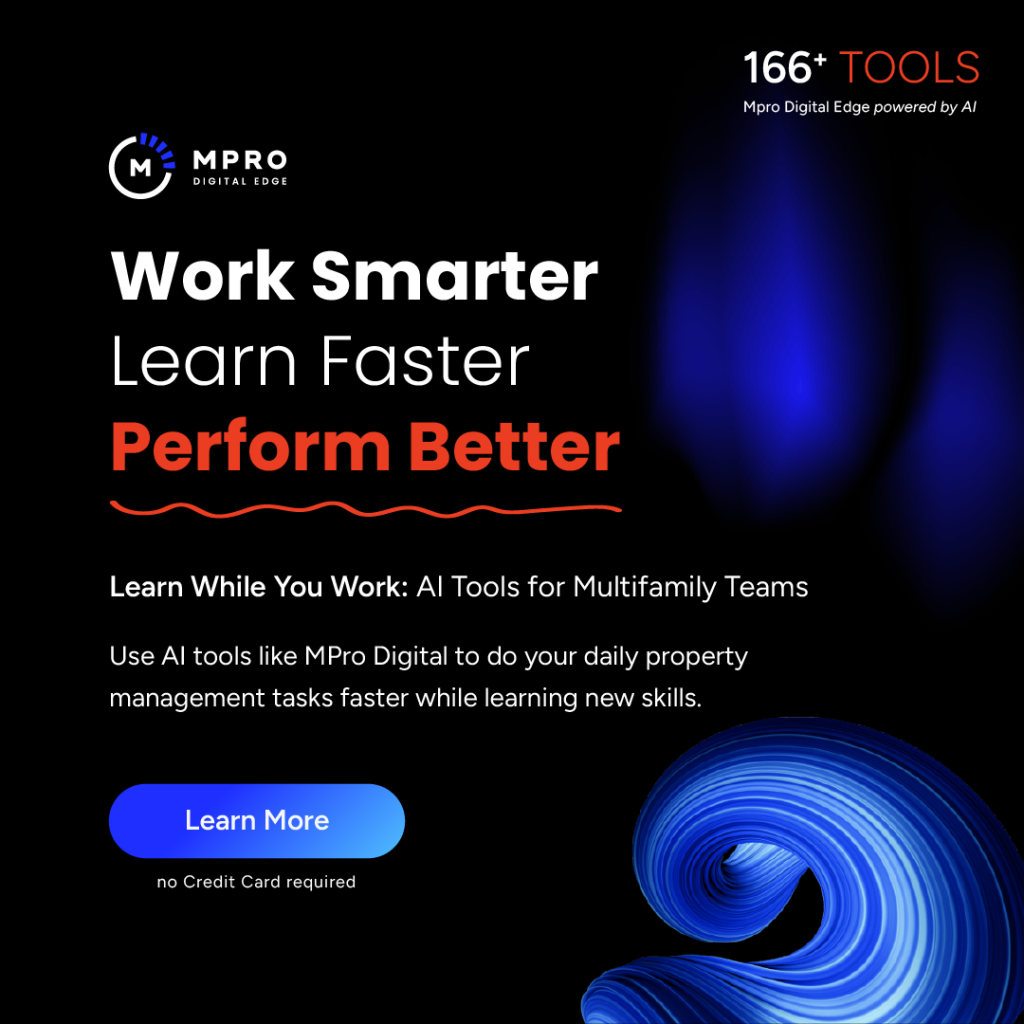How apartment communities can adapt their digital strategy to thrive in the AI-powered search era
Google’s AI Mode isn’t just another tech update—it’s a fundamental shift that will determine which apartment communities capture prospects and which ones get left behind. Announced at Google I/O 2025 and now rolling out nationwide, this conversational search experience is already changing how renters discover and evaluate properties.
For multifamily professionals who’ve spent years perfecting their SEO strategies, this represents both a significant challenge and an unprecedented opportunity. The communities that adapt quickly will gain a competitive edge, while those that stick to outdated approaches risk becoming invisible to their ideal prospects.

Understanding Google AI Mode: More Than Just Search
Google AI Mode transforms search from a list-based experience into a conversation. Powered by Google’s advanced Gemini 2.5 model, it delivers contextual, personalized answers that feel more like consulting with a knowledgeable local expert than browsing through website links.
Here’s what makes AI Mode different:
Conversational Interface
Instead of typing "2 bedroom apartments downtown Chicago" and sorting through results, prospects can ask: "I need a 2-bedroom apartment in downtown Chicago under $3,000 with a gym and parking. What are my best options near the Red Line?"
Follow-up Capabilities
Renters can refine their search in real-time: "Which of these has the best reviews for maintenance response?" or "Show me floor plans for the units with balconies."
Multimodal Input
Prospects can upload photos ("Find apartments with kitchens like this"), use voice commands during property tours, or combine text with images for more specific queries.
Synthesized Intelligence
AI Mode pulls information from multiple sources—your website, review sites, local data, and property databases—to create comprehensive, trustworthy answers.
How Renters Will Use AI Mode: Real Scenarios
Understanding how your prospects will interact with AI Mode is crucial for adapting your strategy. Here are the most common multifamily-related scenarios:
Complex Property Comparisons “Compare luxury apartments in Austin’s Domain area: Which offers the best value for amenities, commute to downtown, and pet policies?”
Neighborhood Deep Dives “I’m moving to Denver for a tech job. Find apartments in neighborhoods with good restaurants, walkable to light rail, under $2,500, with young professional communities.”
Lifestyle-Specific Searches “Best family-friendly apartment complexes in suburban Dallas with 3+ bedrooms, good schools nearby, playgrounds, and pools safe for kids.”
Lease and Policy Questions “What are typical lease terms and fees for luxury apartments in Miami? Which properties have the most flexible pet policies?”
Maintenance and Living Experience “Show me apartments in Seattle with the best maintenance response times and resident satisfaction scores for long-term living.”
These conversational queries reveal much more about prospect intent and preferences than traditional keyword searches ever could.
The Traffic Reality: What Multifamily Marketers Are Seeing
Early data from property management companies using AI-optimized strategies shows mixed but telling results:
The Challenge: Some communities report 20-35% decreases in direct website traffic as AI Mode provides comprehensive answers without requiring clicks.
The Opportunity: Properties appearing in AI Mode conversations are seeing higher-quality leads with better conversion rates, even with lower overall traffic volume.
The Measurement Gap: Current analytics tools often classify AI Mode traffic as “direct,” making it difficult to track the true impact of AI-powered discovery.
One regional property management company found that while their total website visits dropped 25%, their qualified lead volume actually increased 15% because AI Mode pre-qualified prospects more effectively than traditional search results.
Strategic Adaptation: Your AI Mode Action Plan
Success in the AI Mode era requires rethinking content strategy, not just adding new tactics to existing approaches.
Comprehensive FAQ Development Move beyond basic "What are your office hours?" to address the complex questions prospects actually ask:
- "What's included in rent and what are additional fees?"
- "How does the application process work, and what credit score do you require?"
- "What's the neighborhood really like for safety, commuting, and entertainment?"
- "How quickly do you respond to maintenance requests, and what's your process?"
Detailed Amenity Descriptions Instead of listing "Fitness Center," create content like: "Our 24/7 fitness center includes cardio equipment with entertainment systems, free weights, functional training space, and towel service. Popular with early morning and evening residents."
Authentic Community Insights Develop content that answers: "What do residents love most about living here?" Include specific details about community events, neighbor relationships, management responsiveness, and local lifestyle benefits.
Scannable Formatting
- Use clear H2 and H3 headings that match common questions
- Break information into digestible bullet points
- Create numbered steps for processes (application, move-in, etc.)
- Include quick summary boxes for key information
Schema Markup Implementation Add structured data markup for:
- Property details (apartments, rent prices, amenities)
- Reviews and ratings
- FAQ sections
- Local business information
- Event listings
Direct Answer Optimization Place clear, concise answers at the beginning of content sections. AI Mode favors content that directly addresses the user's question within the first 1-2 sentences.
Short-Form Video Tours Create 60-second property highlights covering:
- Key amenities with resident testimonials
- Neighborhood walks showing commute routes
- Apartment layouts with feature callouts
- Community events and lifestyle moments
Captioned Visual Content Ensure all videos include:
- Clear text overlays highlighting key features
- Captions for accessibility and AI parsing
- Strong calls-to-action for next steps
Interactive Virtual Elements Develop content that works across platforms:
- Instagram/TikTok property highlights
- YouTube Shorts for neighborhood guides
- Pinterest boards for interior design inspiration
Topic Cluster Strategy Create comprehensive content hubs around:
- Neighborhood living guides (transportation, dining, entertainment)
- Renter education (lease terms, renter insurance, moving tips)
- Community lifestyle content (resident stories, local partnerships)
- Property-specific deep dives (history, architecture, unique features)
Internal Linking Architecture Connect related content to demonstrate expertise:
- Link apartment pages to neighborhood guides
- Connect amenity descriptions to resident testimonials
- Tie FAQ answers to detailed explanation pages
Local Partnership Content Collaborate with local businesses to create authoritative neighborhood content that AI systems recognize as trustworthy and comprehensive.
Monitoring and Measuring AI Mode Impact
Traditional analytics won’t capture the full picture of AI Mode’s impact on your marketing efforts.
Key Metrics to Track:
- Zero-click impressions: High impressions with low clicks may indicate AI Mode citations
- Brand search increases: AI Mode often drives branded searches after initial discovery
- Lead quality improvements: Prospects arriving through AI Mode conversations may be better qualified
- Direct traffic patterns: Unusual direct traffic spikes may indicate AI Mode referrals
Tools and Techniques:
- Google Search Console for visibility tracking
- Manual AI Mode testing for your key terms
- Brand monitoring tools for mention tracking
- Enhanced phone tracking to capture AI-driven calls
Competitive Advantage in the AI Mode Era
The multifamily properties that will dominate AI Mode results share several characteristics:
Content Depth: They provide comprehensive, expert-level information that AI systems trust and cite.
User-Centric Focus: Their content answers real prospect questions, not just SEO keyword variations.
Technical Excellence: They’ve invested in structured data, fast-loading pages, and mobile optimization.
Authentic Voice: They showcase genuine community personality and resident experiences rather than generic marketing copy.
Continuous Adaptation: They regularly test, measure, and refine their AI Mode optimization strategies.
Preparing for What's Next
While AI Mode is currently opt-in, industry experts predict it will become more prominent or even default in Google Search. Multifamily professionals should prepare for this evolution by:
Building AI-First Content
Create content specifically designed for conversational search rather than adapting existing SEO content.
Investing in Team Training
Ensure marketing teams understand AI Mode mechanics and optimization strategies.
Developing Measurement Systems
Establish baselines and tracking methods before AI Mode becomes more widespread.
Testing and Learning
Use the current opt-in period to experiment and refine strategies before broader adoption.
The Bottom Line for Multifamily Success
Google AI Mode represents the most significant shift in search behavior since mobile optimization became essential. Properties that treat this as just another SEO tactic will struggle, while those that embrace conversational search as a fundamental change will capture market share.
The apartment communities appearing in AI Mode conversations today are building early relationships with prospects, establishing trust, and positioning themselves as neighborhood experts. They’re not just adapting to change—they’re using it to create competitive advantages.
The question isn’t whether AI Mode will impact your multifamily marketing—it’s whether you’ll be ready to capitalize on the opportunity when it becomes the dominant search experience.
Your prospects are already asking AI Mode complex questions about where to live. Make sure your properties are part of the conversation.
Ready to optimize your properties for AI Mode? Start by auditing your current content against these conversational search principles, then systematically implement the strategies that align with your target prospects’ needs and questions.
